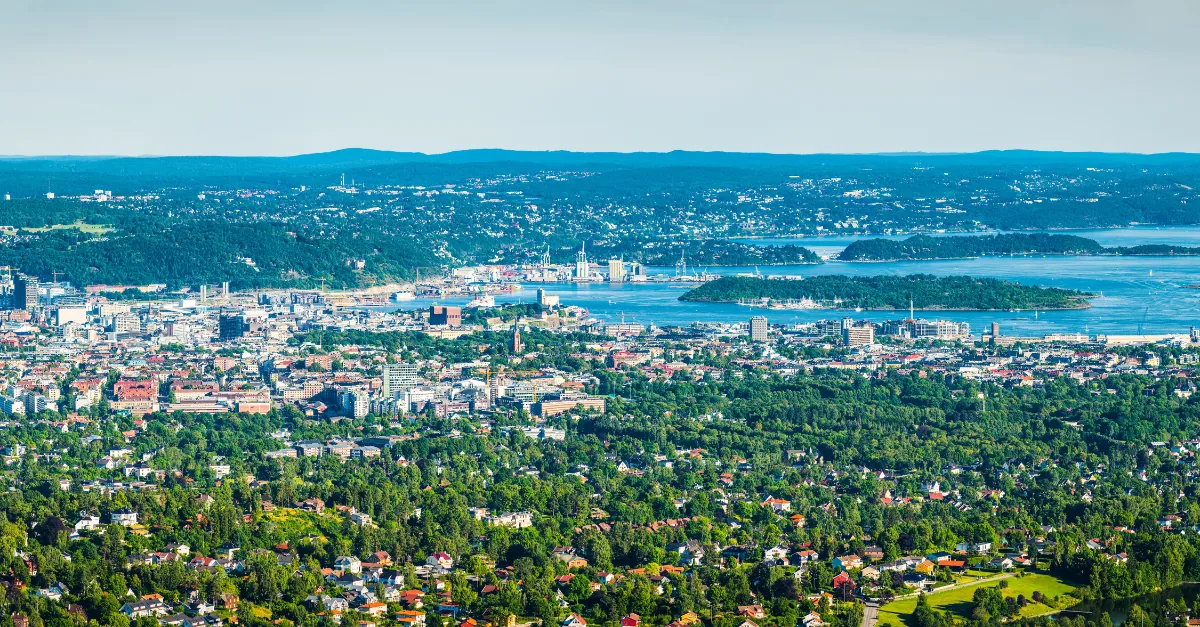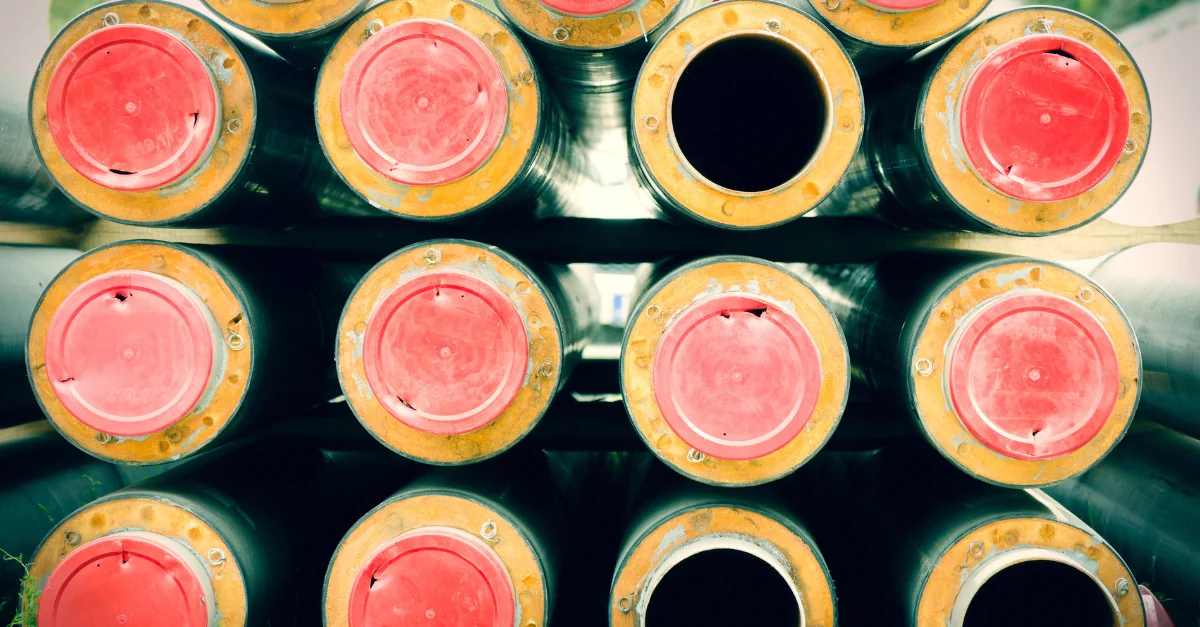
Did you know?
Scroll down to find out!

…that Large Scale Seasonal Underground TES are potential solutions for decarbonisation and energy security?
What is UTES?
Think of the Earth as a giant thermal battery. UTES uses the stable temperature of the ground to store excess heat in summer and cold in winter. This stored thermal energy can then be accessed to heat or cool buildings throughout the year, reducing reliance on traditional energy sources.
Why is UTES important?
What is the difference between aquifer and borehole TES?
Aquifer Thermal Energy Storage (ATES)
Borehole Thermal Energy Storage (BTES)

…that District Heating and Cooling is a major solution for the decarbonisation of the heating sector?
How are district heating networks and underground thermal energy storage systems interconnected?
District heating networks (DHN) and underground thermal energy storage (UTES) systems are interconnected because TES complements DHN by storing excess heat for later use, thereby increasing system efficiency. UTES helps to overcome seasonal mismatches in energy supply and demand, and enables greater integration of renewable energy sources into the DHN. This synergy between DHN and TES provides a critical foundation for efficient and sustainable heating systems, which are essential in the transition to decarbonisation.
What are District Heating and Cooling Networks?
DHC networks are centralised systems that produce and distribute thermal energy (heat or cold) to residential, commercial and industrial buildings through a network of insulated pipes within a defined geographical area, such as a city or neighbourhood.
How can district heating and cooling contribute to the decarbonisation of the heating sector?
